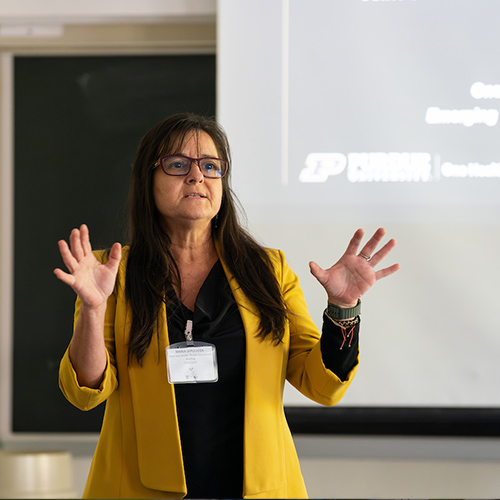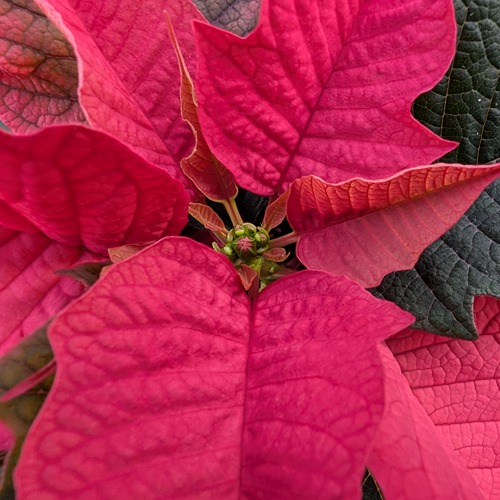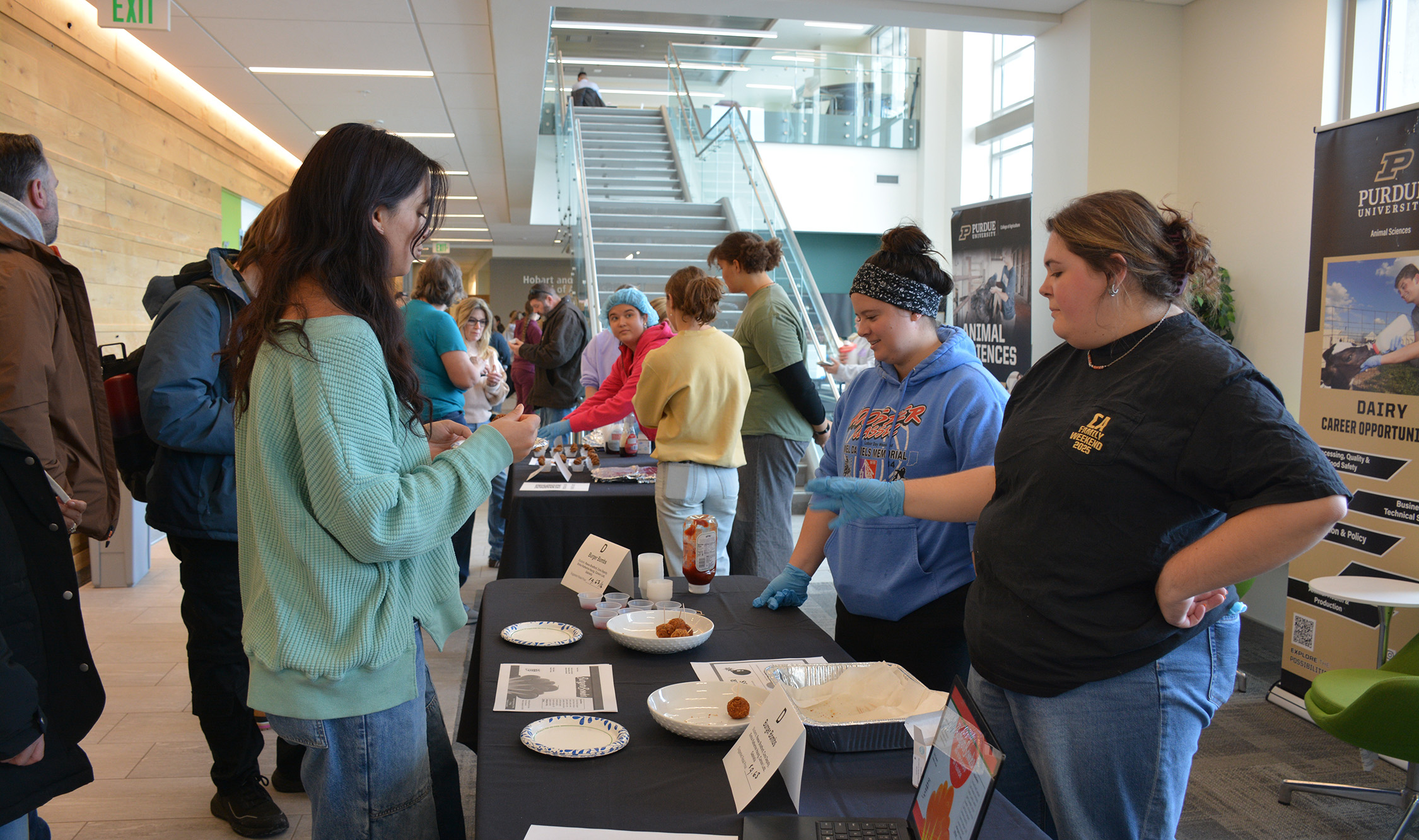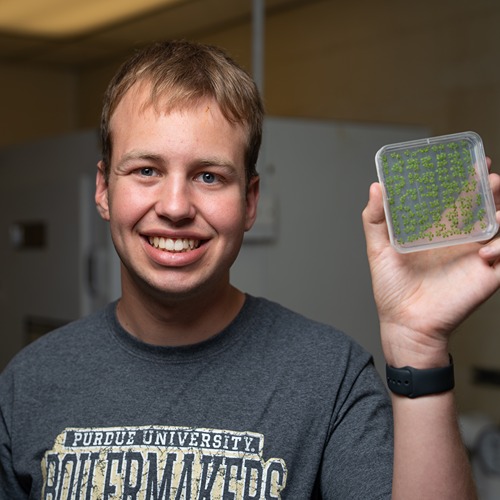Study sheds light on stem cell proliferation that may one day boost crop yields
A Purdue University study has uncovered mechanisms that lead to stem cell formation and maintenance in plants. The findings may one day allow scientists to manipulate stem cell production to increase biomass that can be used for biofuels or grain yield in plants like corn and soybeans.
In findings reported today in the journal Science, Yun Zhou, an assistant professor in the Department of Botany and Plant Pathology and the Purdue Center for Plant Biology, and co-authors from Purdue and the California Institute of Technology describe how plants create a pool of stem cells separate from their differentiated daughter cells in a meristem, and the daughter cells on the basal side of the meristem maintain the stem cells.
Undifferentiated stem cells are located in the meristems — the apex or tips of plant shoots and roots. These serve as a bank of blank cells that support plant growth and give rise to different organs such as leaves or flowers. Zhou is investigating the ways in which plants initiate stem cell production and keep the stem cells activated.
“These stem cells keep dividing, and their daughter cells will eventually differentiate. But keeping up production of these stem cells is important for plant growth,” Zhou said. “If we can understand the mechanisms underlying the meristem development, we could have the potential to create a new biological tool to optimize crop growth.”
Zhou and colleagues show that this process is controlled by HAIRY MERISTEM (HAM) and WUSCHEL (WUS) genes. In the stem cells, WUS activates the CLAVATA3 gene. In the basal differentiated cells, HAM and WUS together repress CLAVATA3, resulting in the specification of stem cells. The concentration gradient of HAM is also key for polarization, the initial split between stem cells and the basal differentiated cells.
“The balance is important. We found that if the concentration gradient of HAM is altered, the whole meristem identity is changed and the activity is reduced,” Zhou said. “Changes can lead to the ability to keep stem cells in an undifferentiated status.”
The team’s hypothesis for the project was built from a 3D computational model that simulates gene expression patterns in the meristem that control stem cell identity. That hypothesis was confirmed through experiments on the model plant Arabidopsis.
Zhou and colleagues will continue to improve their model to quantitatively predict stem cell activities in response to changes in gene expression. That knowledge will contribute to developing methods for controlling stem cells to improve crop growth and yield.
The research in Zhou’s group was supported by Purdue University, and work at the California Institute of Technology was supported by the National Institutes of Health, the Howard Hughes Medical Institute, and the Gordon and Betty Moore Foundation.
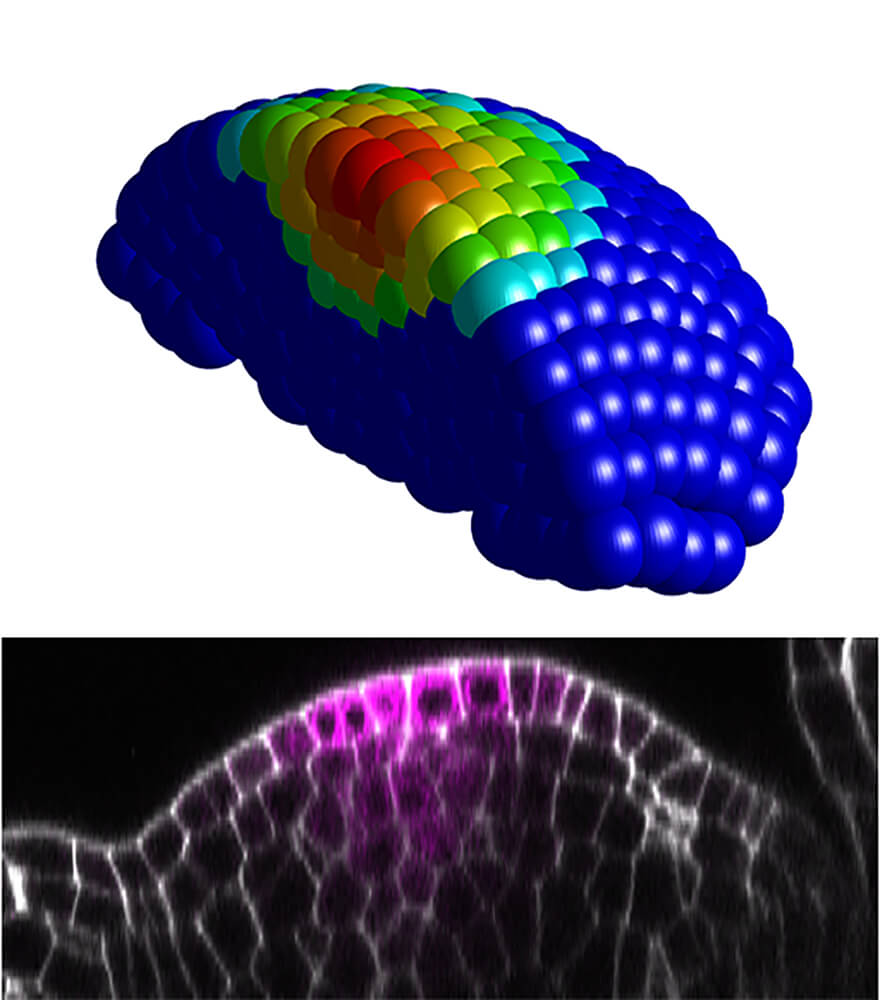 (ABOVE) A 3D computational simulation shows CLAVATA3 (CLV3) expression in a shoot apical meristem of Arabidopsis. The highest gradient is shown in red. (BELOW) The simulation is confirmed using confocal live imaging in an Arabidopsis shoot apical meristem, with the brightest purple signifying high CLV3 gradient.
(ABOVE) A 3D computational simulation shows CLAVATA3 (CLV3) expression in a shoot apical meristem of Arabidopsis. The highest gradient is shown in red. (BELOW) The simulation is confirmed using confocal live imaging in an Arabidopsis shoot apical meristem, with the brightest purple signifying high CLV3 gradient. 